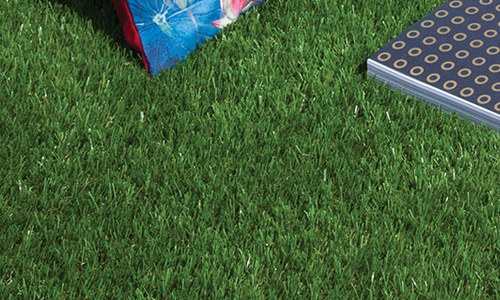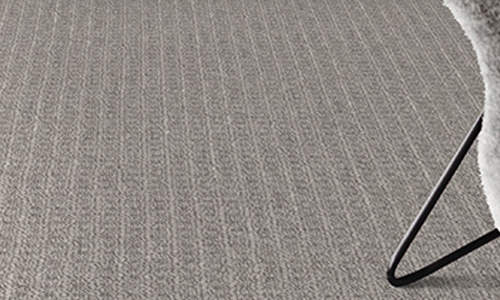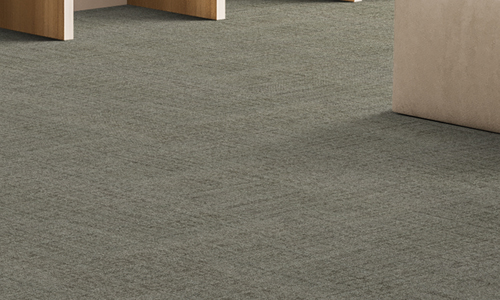What Is Carpet?
Carpet is a textile floor covering used to provide comfort, warmth, and aesthetic appeal in homes and other spaces. It consists of an upper layer called the pile that is attached to a backing material. The pile may often be made synthetic fibers such as nylon, polyester, and polypropylene, which are chosen for their durability and affordability. The fibers in the pile are often twisted and heat-treated to maintain resilience and texture. Many different types of carpet exist to accommodate different installation methods and use cases, from residential wall-to-wall broadloom to commercial or modular carpet tiles, and then durable outdoor carpet for exterior spaces.
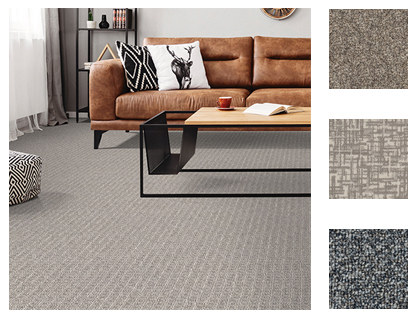
Broadloom carpet
Broadloom carpet is a type of carpet that is made from long, continuous rolls of carpet material. This type of carpet is cut to size and installed as a single piece, covering the entire floor.
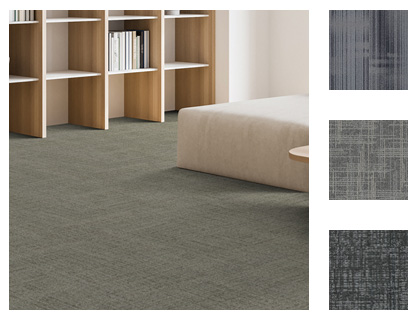
Carpet tiles
Carpet tiles, on the other hand, are squares of carpet material that can be laid out in a variety of patterns. They are easy to install and replace, making them a good choice for homeowners.
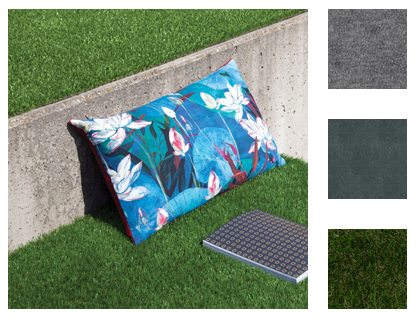
Outdoor carpet
Outdoor carpet, as the name suggests, is carpet that is designed for outdoor use. This includes artificial grass, which is made to look like natural grass and is often used in landscaping and on patios, and needle felt, which is a heavy-duty carpet material often used in outdoor settings.
The type of carpet you choose will depend on the location and purpose of the carpet, as well as your personal preferences. Whether you choose broadloom, carpet tiles, or outdoor carpet, make sure to select a high-quality material that will last for many years.
Carpet & allergies, how do they mix?
Carpets have long been a popular flooring option for many homes and businesses, however some myths about their potential health impact are influencing the decision of some of you. Here's a look at some common misconceptions about carpets and allergies, and the facts you need to know.
Myth 1: Carpets cause allergies
Fact: Carpets do not cause allergies. However, they can trap allergens like pet dander, dust mites, and mold, making it important to regularly clean and vacuum your carpets to reduce exposure to these allergens.
Myth 2: Hard flooring is better for allergies
Fact: Hard flooring may be easier to clean, but it can also increase airborne allergens. Carpets can actually help trap allergens and keep them out of the air, reducing allergy symptoms.
Myth 3: Carpet padding is a source of allergens
Fact: Carpet padding is not a significant source of allergens. The allergens that cause problems are usually found on the surface of the carpet or in the air. Regular vacuuming and cleaning can help reduce exposure to allergens.
Myth 4: Synthetic carpets are better for allergies
Fact: There is no evidence that synthetic carpets are better for allergies than natural fibers like wool or cotton. However, synthetic carpets are less likely to harbor mold or other allergens, making them a good choice for people with allergies.
Carpets do not cause allergies, but proper maintenance and cleaning can help reduce exposure to allergens. When choosing a carpet, look for a high-quality product with a low pile and tight weave, and be sure to regularly vacuum and clean it to reduce the buildup of allergens. and allergies.
